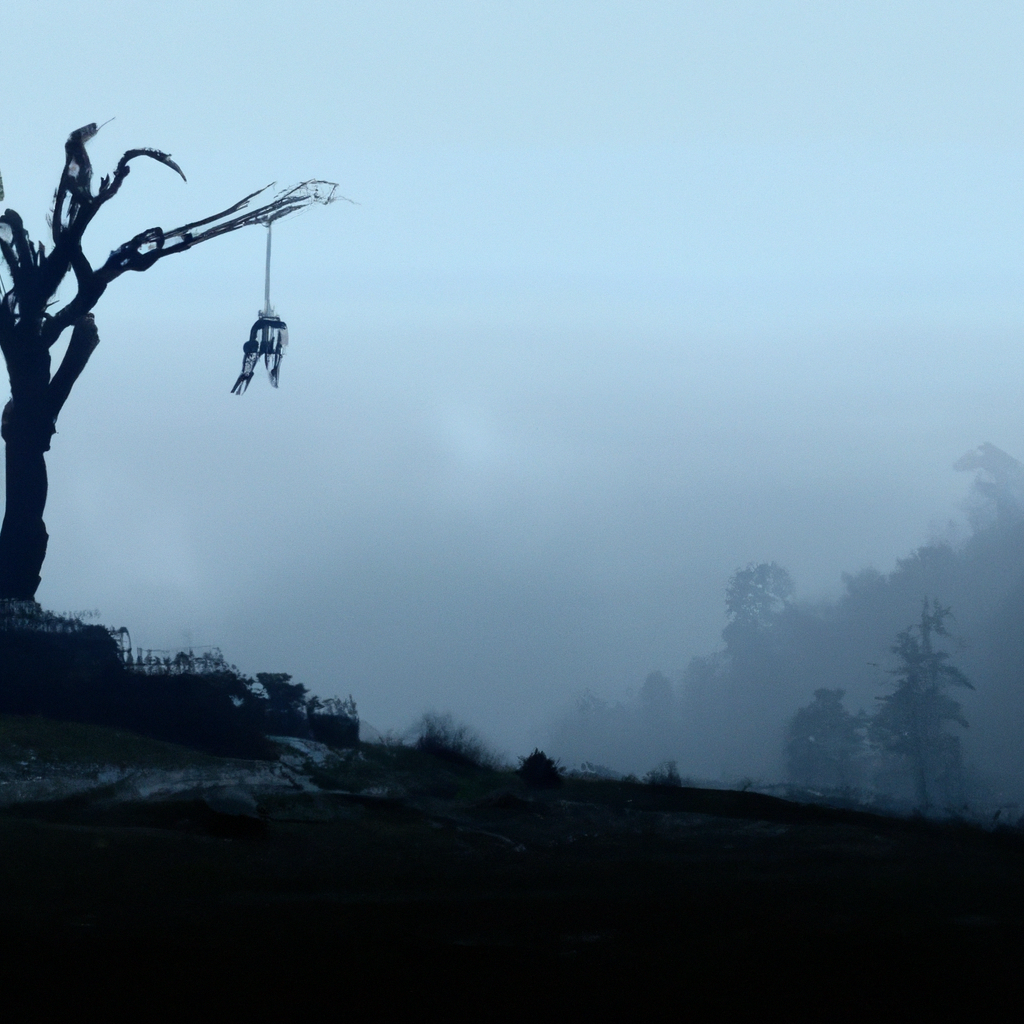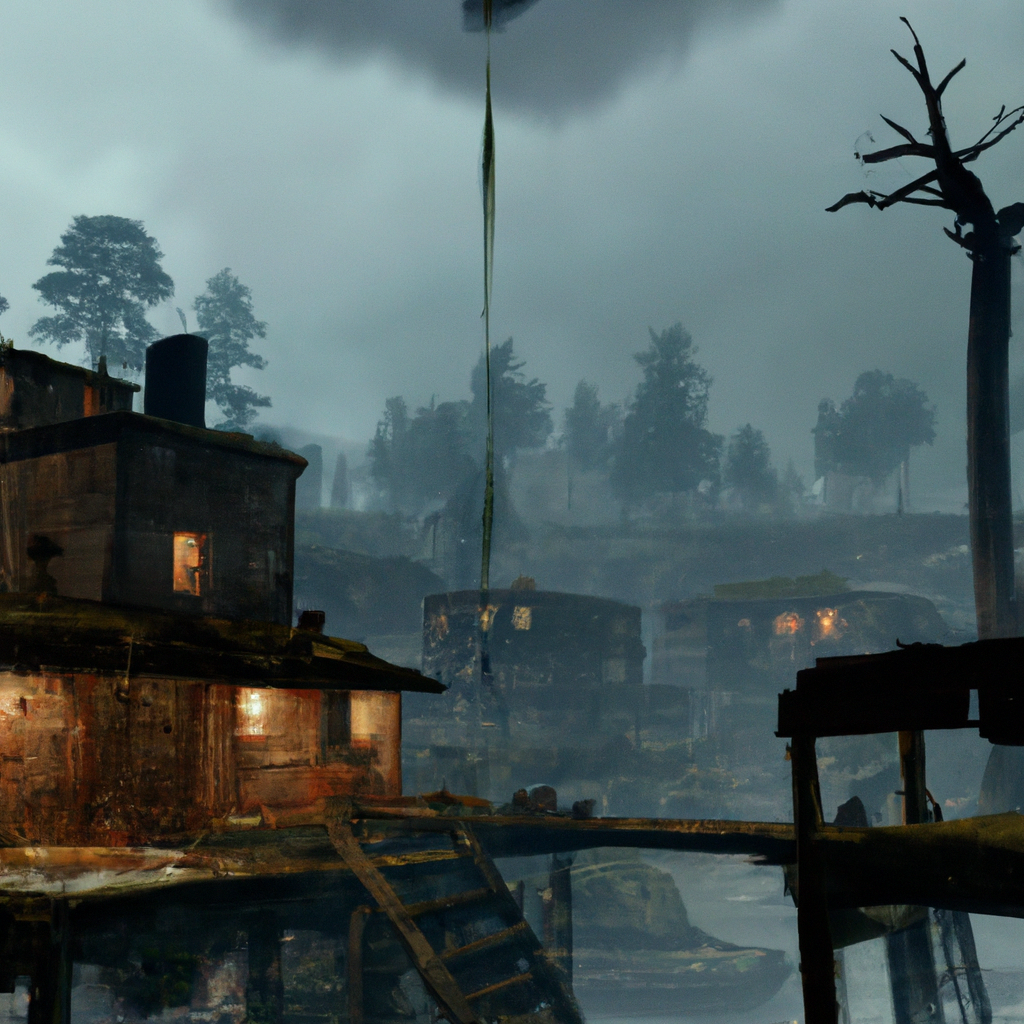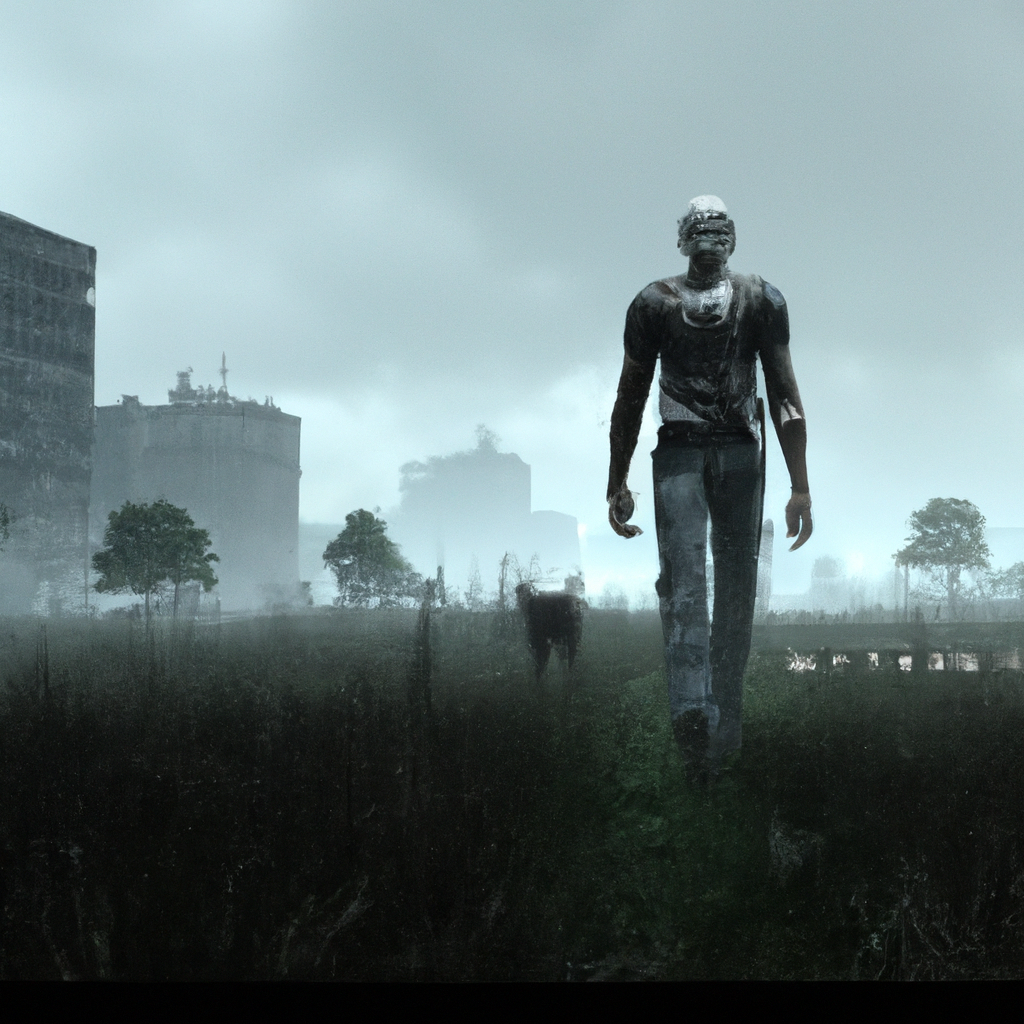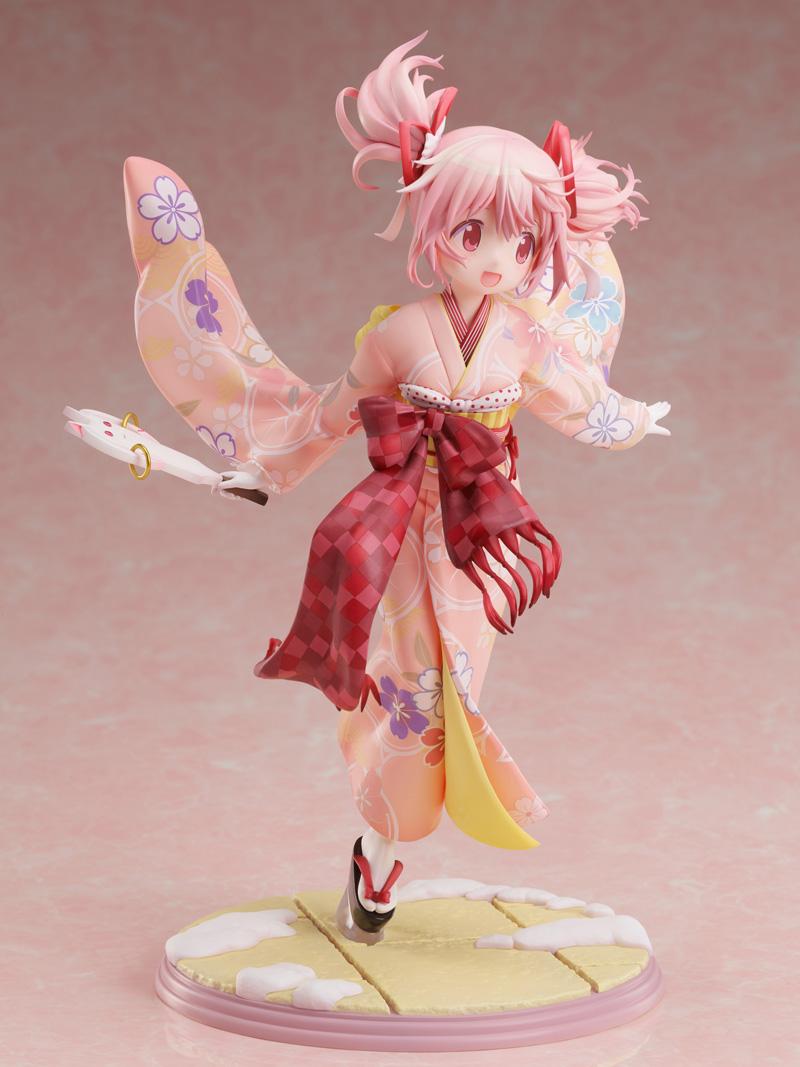The Evolution of Survival Horror in Resident Evil 4
When it comes to the survival horror genre of video games, few franchises can match the success of Resident Evil. Since the first game’s release in 1996, the series has been responsible for some of the most iconic moments in video game history. However, it wasn’t until the release of Resident Evil 4 in 2005 that the franchise underwent a major evolution, fundamentally changing the way that survival horror games were made in the years afterward. It’s that evolution that we’ll be exploring here, looking at how Resident Evil 4 elevated the genre, and how it still influences game design to this day.
A Legacy of Horror: The Early Resident Evil Games
To truly appreciate the impact that Resident Evil 4 had on the survival horror genre, it’s important to first examine the games that came before it. The first few Resident Evil games were noteworthy for their use of tank controls and fixed camera angles. These choices added to the feeling of disempowerment that Resident Evil worked hard to instill in players, making them feel vulnerable in the face of the undead hordes they were battling against. Combined with the games’ limited resources, puzzles, and survival mechanics, these games were some of the most tense and terrifying of their era, and left an indelible mark on the genre.
These early games worked because they made concessions to the technology of the time. The limited camera angles reflected the fact that the PlayStation and Sega Saturn hardware wasn’t powerful enough to render real-time 3D environments with any degree of accuracy. Similarly, the tank controls were a compromise that made it easier for players to navigate these complex environments. However, as technology evolved, and gaming hardware became more powerful, the genre needed to evolve with it.
From the Shadows: Resident Evil 4’s Innovations
Enter Resident Evil 4. Released in 2005, just in time for the new generation of consoles, the game was a marked departure from its predecessors. For one thing, it did away with the fixed camera angles in favor of a new over-the-shoulder camera that placed players closer to the action. This may not sound like a big deal today, but at the time it was revolutionary, taking full advantage of the increased hardware power of the PS2, GameCube, and later Wii.
Another way that Resident Evil 4 innovated was that it introduced the concept of enemy AI. Instead of zombies that would just shamble towards you, the new game featured intelligent enemies that would dodge, hide, and flank the player. This made the game much more dynamic and unpredictable than its predecessors, and forced players to adapt in real-time to changing circumstances.
Resident Evil 4 also introduced quick-time events (QTEs), which were brief, timed button prompts that appeared on-screen during certain sequences. These prompts were integral to the game’s dramatic set-pieces, which included avoiding rolling boulders, fighting off chainsaw-wielding enemies, and dodging massive boulder traps. In addition, Resident Evil 4 introduced a new merchant character who would sell players weapons and upgrades, allowing them to better customize their experience.
A New Benchmark: The Legacy of Resident Evil 4
There’s no denying the impact that Resident Evil 4 had on the survival horror genre. Most of the ideas introduced in the game were adopted by other games in the years that followed, and the innovations it brought to the table became standard in many ways. Over-the-shoulder cameras are now the norm in horror games, and enemy AI has improved by leaps and bounds since Resident Evil 4’s release.
However, the legacy of Resident Evil 4 is more than just its gameplay innovations. The game helped to reinvigorate the genre at a time when it was starting to feel stale, and demonstrated that there was still a hunger among gamers for horror experiences that made them feel vulnerable, stressed, and on-edge. Even today, more than a decade after its release, the game is still held up as a benchmark for the horror genre, and its influence can be seen in the way that developers approach their work.
Conclusion
When it comes to the evolution of the survival horror genre, few games have had the impact of Resident Evil 4. By introducing new gameplay mechanics, technologies, and narrative styles, it changed the way that horror games were made and played, and set a new standard for what gamers could expect from this type of experience. Even today, the game is considered to be one of the most important titles of its generation, and its influence can be seen in the way that developers approach horror game design. If you’re a fan of horror games and haven’t yet played Resident Evil 4, you owe it to yourself to see what all the fuss is about.







